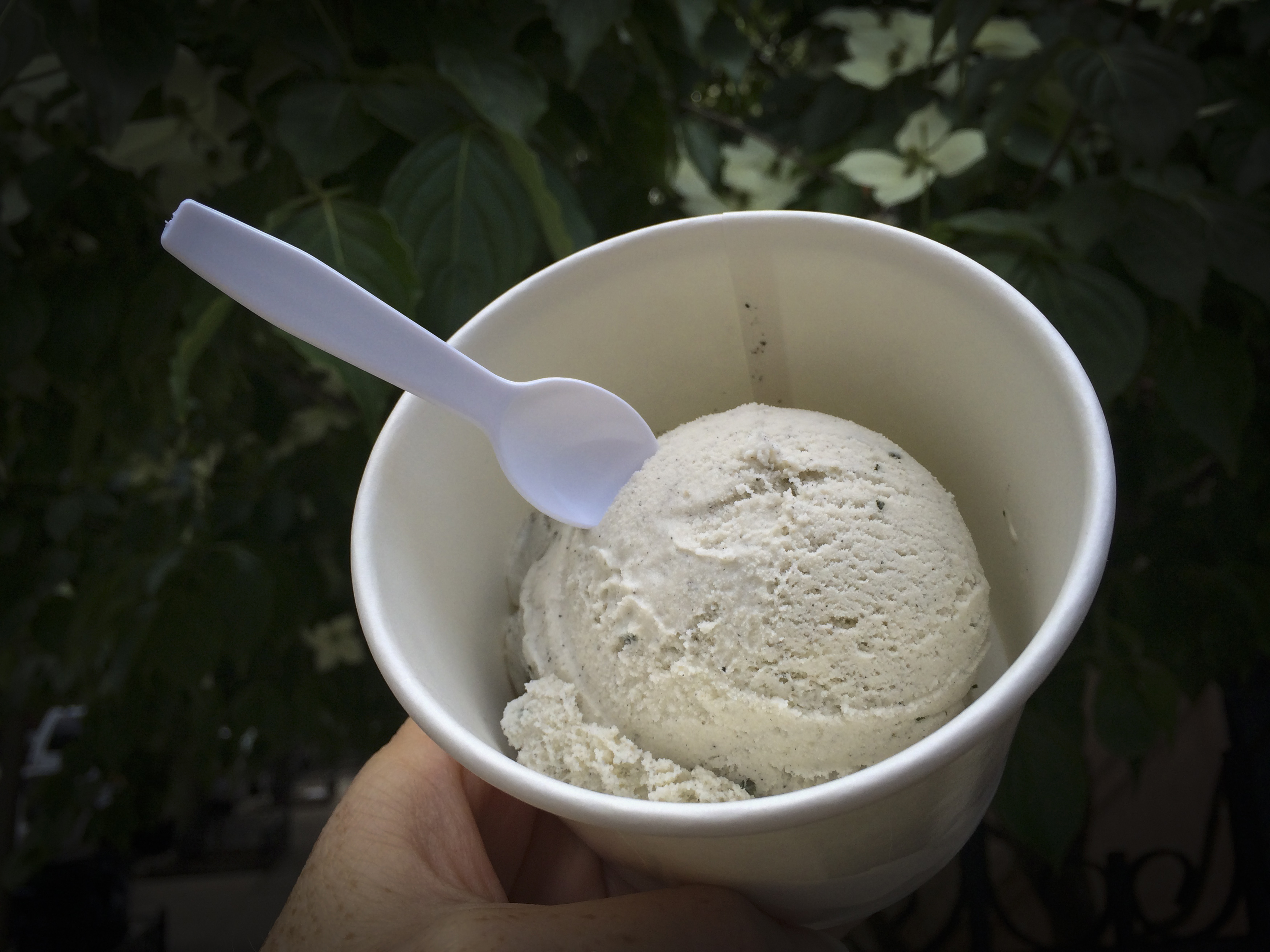
When we were selecting our seven ingredients to celebrate each day of Eat Drink Local Week, we wanted a mix of the hyper-seasonal (peas, green garlic, rhubarb) along with a few up-and coming locally produced foodstuffs we felt needed our support, like lamb, our fifth Ingredient of the Week.
Boy, did we get lucky: In this weekend’s Times Magazine, Sam Sifton himself waxes poetic about the protein, pushing upon us a Daniel Boulud inspired recipe for glazed, grilled lamb ribs with a shower of aromatics and spices and a side of mint yogurt sauce with lemon zest and Tabasco. (Say, did we mention yogurt was also an ingredient of the week?)
“…Lamb ribs?,” he wrote. “Holy cats. Similar in shape and size to pork baby-back ribs, and to veal breast for tenderness, they come from the breast plate of a sheep, sweet and succulent. You used to not see them much on restaurant menus. Now, increasingly — and with good reason — they are showing up all around New York.”
He’s referring to their ribs, of course, but the same thing could be said of lamb in general over the past decade. It’s not goat–which is just starting to slowly gain favor with a few American cooks–but it wasn’t a go-to meat of choice for most of us until recently, other than the occasional leg of lamb at spring holiday suppers. (Sifton isn’t even as big a booster as his colleague Mark Bittman, who when writing about exactly that earlier this year said that he’d probably write about lamb “as often as my editors will let me.”)
Many of the rest of us don’t cook it so often. Which is a shame. For starters there are the positive environmental factors of choosing lamb over another meat: Sheep need less feed and lower quality feed than pigs and cows, especially when they’re grazing whatever’s growing in the out of doors. And lamb is also super tender and adaptable to any range of flavors, from Middle Eastern (oregano and Aleppo pepper) to Italian (rosemary and garlic) to Thai (long chiles and lime).
Or simply salt and pepper: The flavor of real pastured lamb produced by some of our growing number of local producers found mainly at Greenmarkets–like Catskill Merino in Sullivan County (they also sell wool and skins); Nectar Hills Farm in Otsego County; Cherry Grove in Mercer County, New Jersey; 3-Corner Field Farm (known best for their cheese); Dancing Ewe (they also makes great cheese) and Flying Pigs (known best for their pork) all in Washington County–is pretty “sweet and succulent” indeed.
Many diners maybe think lamb is musty, fusty, maybe intensely weirdly flavored. But as Karen Weinberg, the shepherdess and cheesemaker of 3-Corner, told the Greenmarket in this video, lamb raised the old-fashioned way and allowed to forage around in the out-of-doors, is just right.
Though spring, or young, lamb still sounds tasty, lamb is now raised and sold all year long and is probably tastier in summer and fall after its had time to graze. Lamb is technically less than a year old; hogget is not-quite adult lamb that’s over a year old, and mutton, meanwhile, is adult lamb.
Mutton has a more intense flavor, but mostly what you see for sale is lamb. When customers ask, “‘is it strong or is it mild,’” says Weinberg, she always answers “it’s actually in between, because it’s the way its supposed to be.” Excess fat on lamb is often very strong in flavor, she says, and her flock doesn’t get too fat because they are outside getting exercise. And their flavor isn’t too mild, she adds, because they get a mixed diet of everything from burdock to dandelion.
Weinberg, it should be said, is something of an all-around booster for sheep in general, selling lamb meat, homemade sausages, award-winning sheep’s milk cheese, mutton, wool and everything, as she likes to say, “but the baaa.”



